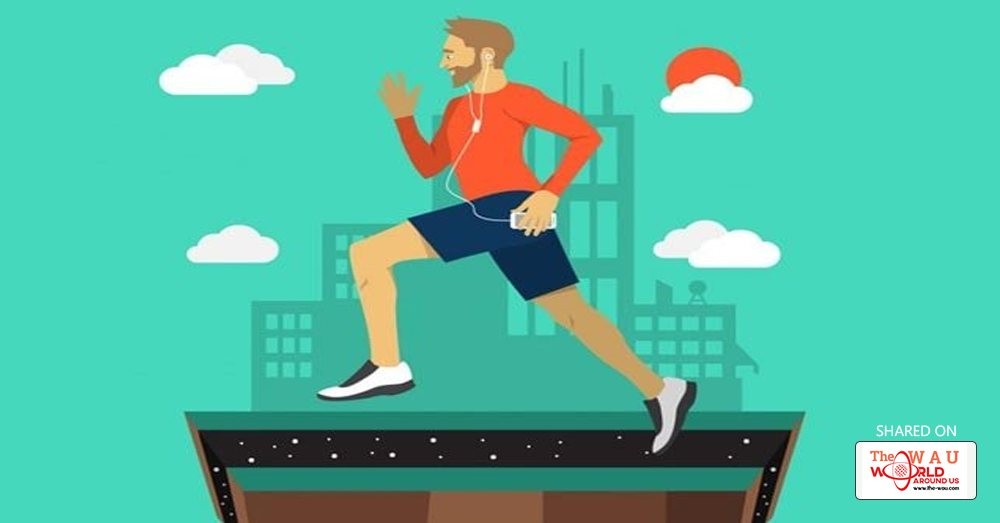India’s fitness revolution has been growing steadily and recent surveys show that 60% of Indians now spend over 4 hours every week on fitness. But whether you’re a fitness newbie or a gym junkie, it’s never easy to decide on a fitness plan. Jogging and running are the staples of most fitness plans, but which one offers more health benefits? Here’s what fitness scientists say about the health gains of jogging vs sprinting.
Which Gives You Greater Health Gains – Jogging Or Sprinting?
Jogging and sprinting may seem similar, but they are different on a very fundamental level – while jogging is a cardio (aerobic) exercise, sprinting is an HIIT (high intensity interval training) exercise. This means that each of these two exercises will have a different impact on your body and here’s why sprinting could be a better choice.
Sprinting Lets You Lose More Weight In Less Time
Approximately 20 calories are burned during a one-minute sprint, while jogging for the same amount of time burns 10 calories. Since jogging is not as strenuous, you can jog for a lot longer than you can sprint. However, as sprinting is an anaerobic exercise, it elevates your heart rate and increases your metabolic rate so that you continue to lose weight even after you stop exercising.
A recent study showed that an individual will burn 200 additional calories on days when they sprint for just 2.5 minutes. This is pretty impressive considering that jogging for 30 minutes burns only 180 calories. Another fitness study showed that sprinting for just 40 seconds a day can make you 12% fitter… goodbye love handles!
Sprinting Decreases Abdominal Fat & Increases Muscle Mass
People who are on an overly restrictive weight loss diet often see a significant drop in their weight once they start exercising. However, a lot of this weight loss is through the breakdown of muscle tissue. Since their body was unable to get the required energy from food, it turned to their fat stores as well as their muscle mass to meet energy needs. However, studies show that 8 weeks of HIIT exercises such as sprinting decreases abdominal fat by 44%.
Similarly other studies show that 15 weeks of HIIT exercises can tone and increase muscle mass, including trunk muscle mass. Scientists found that it is possible to achieve similar fat loss through cardio exercises such as jogging, but it would require much longer workout sessions. So, if you’re looking to ditch that jelly belly and get a smooth toned tummy, sprinting would be your best option.
Any type of physical exercise will improve your frame of mind, but several studies show that HIIT is particularly effective in improving mood and mental health. People who are overweight or obese often struggle with mood issues and HIIT exercises like sprinting will help overcome feelings of loneliness and nervousness.
Scientists say that these exercises increase the secretion of endorphins and endocabannoids, which have a beneficial impact on the individual’s mood. HIIT not only improves overall mood, but it can also reduce depression and anxiety.
Is It Okay To Run Sprints Every Day?
You can go for a daily jog, but it’s not advisable to go for a daily sprint. As the name suggests, HIIT is high intensity and so going all out day after day can put a tremendous strain on your entire system. If you’ve never done HIIT before, you should start slow and then gradually increase the intensity. Ideally, experts say that you should have at least one day off between HIIT workouts so that your muscles have time to repair. Also, don’t forget to do a few warm up exercises and stretch after your sprint as this will loosen your joints and reduce the risk of muscle damage.
Sprinting is an excellent way to get fit and stay healthy. However, if you are significantly overweight or if you have any medical condition, talk to your doctor first. When you’re starting a new exercise regimen, it’s tempting to go all out, but that is one of the biggest fitness mistakes you can make – the best case scenario is you wake up sore, but the worst is that you tear a muscle or ligament. So, get fit but train smart!
Share This Post















